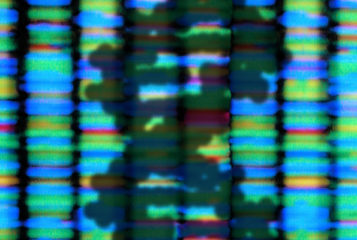Severe depression speeds up the ageing process of our cells, researchers have found.
People who have a history of major depression are known to be at greater risk of diseases like cancer, diabetes and heart disease. This was primarily thought to be down to lifestyle factors like smoking or lack of exercise but a study published in the journal Molecular Psychiatry suggests that depressive illness might have an additional, more direct effect.
Dr Josine Verhoeven, from the VU Medical Centre in the Netherlands and colleagues in the USA say that their work 'provides convincing evidence that depression is associated with several years of biological ageing, especially among those with the most severe and chronic symptoms'.
The researchers analysed the blood cells of 2,407 volunteers: over a third of participants currently had major depressive disorder, a third had experienced it in the past and the rest had never had depression.
The scientists were particularly interested in the cap-like structures on the end of chromosomes called telomeres.
Telomeres work to stop the loss of genetic material every time a cell divides, but shorten with every division and become less able to protect the DNA. In this way, telomere length is thought to represent the biological age of the cell and studies suggest that people with shorter telomeres are more likely to have health problems.
In this study, people who were currently depressed or had a history of depression had significantly shorter telomeres in their cells than the other volunteers. This was true even when the researchers controlled for the effect of lifestyle factors. There was also a link between severity and duration of depression and telomere shortness.
In their paper, the researchers suggest that telomere shortening is accelerated as a consequence of a stress reaction brought about by major depression.
However, telomere length is an imperfect indicator of overall health. Talking to the BBC, Dr Anna Phillips, a health psychologist at the University of Birmingham who was not involved in the study, said that it does not consistently predict other key outcomes such as death risk.
Sources and References
-
Depression 'makes us biologically older'
-
How suffering depression can speed up the ageing process: Cells in people who suffer from the condition are biologically older
-
Depression associated with faster cellular aging (.pdf)
-
Major depressive disorder and accelerated cellular aging: results from a large psychiatric cohort study
-
Depression makes us biologically age 'by several years' say scientists




Leave a Reply
You must be logged in to post a comment.